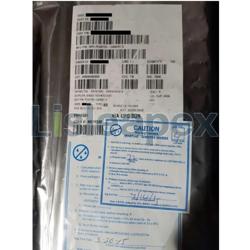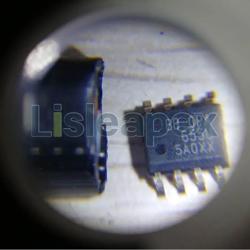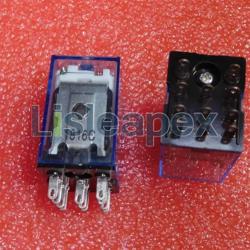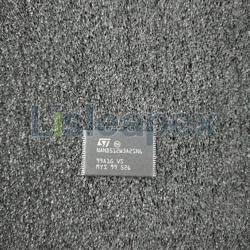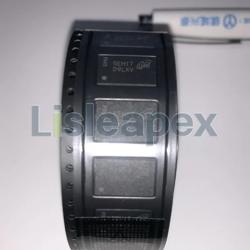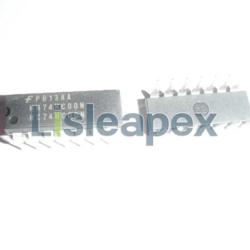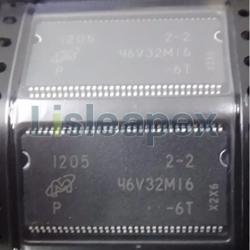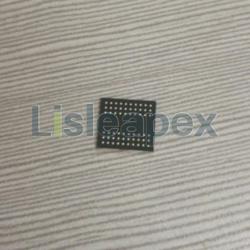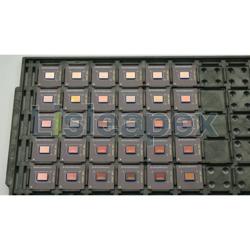Pickering Interfaces Corporation introduces a new RF switch module based on MEMS (Micro-Electro-Mechanical Systems), offering 300 times the operational lifespan and 60 times the throughput of testing systems.
The collaboration with Menlo Microsystems brings the new switch technology to PXI RF multiplexer switches, significantly enhancing their performance.
On June 26, 2023, in Clacton-on-Sea, United Kingdom, Pickering Interfaces, the leading manufacturer of signal switching and simulation solutions for electronic test and verification, announced the release of a new product: a PXI/PXIe RF multiplexer switch module utilizing the latest switch technology.
This new MEMS-based RF multiplexer switch is an ideal choice for wireless communication and semiconductor testing. Compared to traditional electromagnetic relay (EMR) switches, it offers significantly extended operational lifespan (up to 300 times), faster switching speeds (up to 60 times), higher bandwidth, and increased RF power handling capabilities. The insertion loss is comparable to EMR switches and much lower than solid-state switches.
The new product family is built upon Menlo Microsystems' Ideal Switch®. It is the first commercially available MEMS switch that meets the stringent specifications of RF testing environments, including applications in semiconductors, consumer wireless devices, and various S-band applications (such as mobile services, satellite communications, and radar).
"Pickering has been closely following MEMS technology for many years," said Steve Edwards, Switch Product Manager at Pickering Interfaces. "Menlo Micro, with their Ideal Switch, became the first company to offer production-ready MEMS switches that meet the requirements for RF testing."
Chris Giovanniello, Founder and Senior Vice President of Global Marketing at Menlo Microsystems, stated, "Our partnership with Pickering Interfaces builds upon five years of focusing on next-generation RF products and applications. Now, our Ideal Switch is being used by Pickering to build the first batch of RF multiplexer switches, and we look forward to further advancing our innovative technology."
The 40-878 (PXI) and 42-878 (PXIe) are 50Ω 4:1 RF multiplexer switches. To accommodate different testing applications, the 40/42-878 series offers various specifications, including single, dual, or quad configurations, all within a single PXI or PXIe chassis slot. This flexibility allows users to select the chassis that minimizes the required number of slots. The 40-878 can also be installed and used in all of Pickering's LXI/USB modular switch chassis.
Therefore, different switch solutions controlled via PXI, LAN, or USB offer the same high level of performance. The module provides SMB or MCX connectors, allowing users to choose the interface that best suits their applications. Additionally, Pickering offers a comprehensive range of cable solutions.
Steve Edwards, Switch Product Manager at Pickering, explained the new product: "The 40/42-878 series offers over 3 billion operational cycles, far surpassing EMR-based solutions (typically 10 million cycles), minimizing system downtime due to relay failures or maintenance needs. With a switching speed of just 50 μs, these switches can perform multiple switches within the time it takes an EMR to switch once, thereby significantly reducing test cycle time and increasing system throughput. The advantages of fast switching make this product suitable for a wide range of applications."
"Furthermore, the 40/42-878 provides a bandwidth of 4 GHz (existing EMR products offer 3 GHz bandwidth), supporting the demands of new, higher-frequency testing requirements, thus prolonging the lifespan of test systems. The increased bandwidth also improves RF power handling, exceeding the 10 W power of EMR solutions," said Edwards. "Lastly, unlike solid-state solutions, the MEMS switches used in the 40/42-878 series exhibit low insertion loss, typically below 1.4 dB at 4 GHz, which is comparable to EMR solutions but with all the advantages of MEMS-based design."
The 40/42-878 series comes with drivers that can be used in all major software programming environments. In terms of operating systems, it supports all current Windows versions from Microsoft, mainstream Linux versions, and other real-time Hardware-in-the-Loop (HiL) tools. Additionally, Pickering offers a three-year warranty for all modules.

 Congratulations On Your Successful Submission
Congratulations On Your Successful Submission
 Submission Failure
Submission Failure




